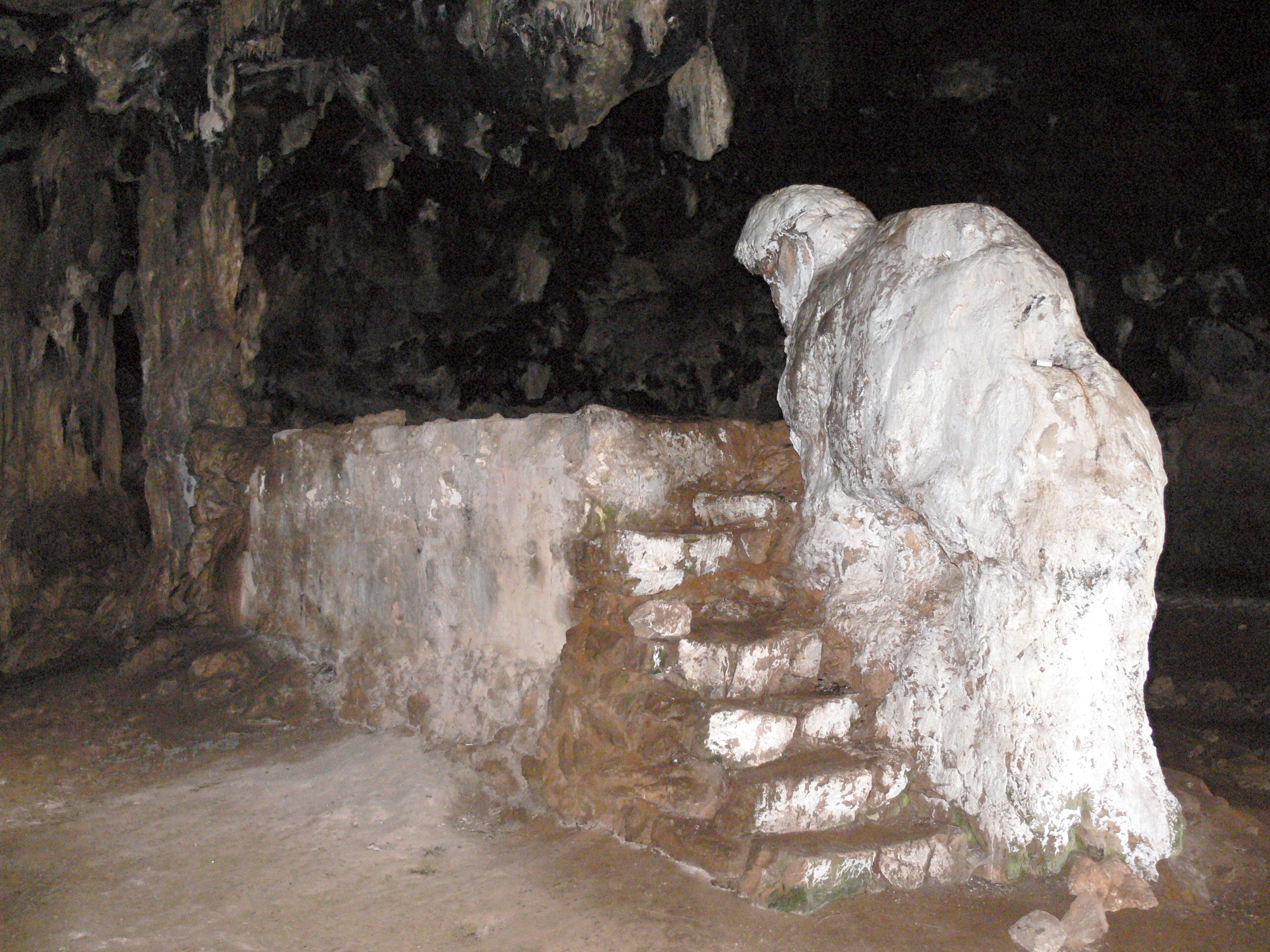Arkoudiotissa Cave on:
[Wikipedia]
[Google]
[Amazon]

 Arkoudiotissa (, ) is a cave in the municipality of Akrotiri on the
Arkoudiotissa (, ) is a cave in the municipality of Akrotiri on the

 Arkoudiotissa (, ) is a cave in the municipality of Akrotiri on the
Arkoudiotissa (, ) is a cave in the municipality of Akrotiri on the Greek
Greek may refer to:
Greece
Anything of, from, or related to Greece, a country in Southern Europe:
*Greeks, an ethnic group.
*Greek language, a branch of the Indo-European language family.
**Proto-Greek language, the assumed last common ancestor ...
island of Crete
Crete ( el, Κρήτη, translit=, Modern: , Ancient: ) is the largest and most populous of the Greek islands, the 88th largest island in the world and the fifth largest island in the Mediterranean Sea, after Sicily, Sardinia, Cyprus, ...
. From Gouverneto Monastery, the path to the cave is only accessible by foot. Arkoudiotissa ("she-bear"), is noted for its stalagmite which is said to look like a bear. This cave is believed to have been used for worship since ancient times (as there is evidence for cults of Artemis
In ancient Greek mythology and religion, Artemis (; grc-gre, Ἄρτεμις) is the goddess of the hunt, the wilderness, wild animals, nature, vegetation, childbirth, care of children, and chastity. She was heavily identified wit ...
and Apollo
Apollo, grc, Ἀπόλλωνος, Apóllōnos, label=genitive , ; , grc-dor, Ἀπέλλων, Apéllōn, ; grc, Ἀπείλων, Apeílōn, label= Arcadocypriot Greek, ; grc-aeo, Ἄπλουν, Áploun, la, Apollō, la, Apollinis, label ...
), but was dedicated to the Arkoudiotissa Panaghia (Our Lady) during the Christian era. Ascetics lived in the caves in the area.
Further along the path, after a descent of 140 steps, is the Katholikon (monastic church), the third monastery, now abandoned. It is believed to date from the 5th or 6th Century, founded by St John the Hermit. It is built into the cliff, with a unique church largely carved into the rock-face. This striking set of buildings is now overgrown with fig trees but retains significant charm.
References
Caves of Greece Landforms of Crete Tourist attractions in Crete Landforms of Chania (regional unit) {{Crete-geo-stub